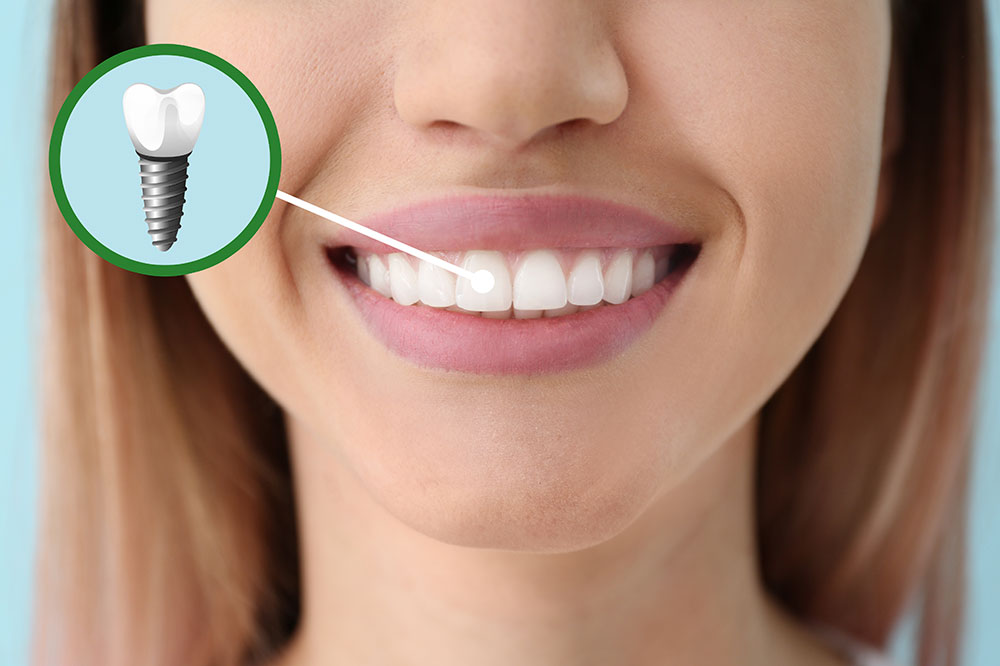Known Signs of Hemophilia and Anemia

Bleeding disorders refer to a group of conditions like hemophilia or anemia that interfere with normal blood functions in the body. Hemophilia affects the ability of the blood cells to clot naturally, while anemia lowers hemoglobin count in the red blood cells. These conditions exhibit a unique set of symptoms that can be identified. Early diagnosis helps doctors form a viable healthcare plan. So, it pays to know and identify the following symptoms.
Hemophilia and Anemia: Understanding the difference
Both conditions are common bleeding disorders. However, anemia & hemophilia signs are distinctly different from each other when it comes to the disease progression. The latter is a genetic disorder that affects the red blood cell’s ability to clot and close wounds. Certain clotting factors in the blood bind with the red blood cells to prevent uncontrolled bleeding.
Anemia is a condition where the body lacks sufficient healthy red blood cells in the first place. Also, a low hemoglobin count affects the red blood cell’s ability to carry oxygen to vital organs and extremities via the circulatory system.
Genetic mutation triggers most known types of hemophilia, while certain nutritional deficiencies in the body trigger common forms of anemia.
Symptoms of hemophilia
The absence of essential clotting factors in the blood can trigger a variety of noticeable and unusual symptoms.
Uncontrolled bleeding
Bleeding is one of the primary symptoms of hemophilia. It can happen under the skin or in the joints. As the red blood cells are unable to bind and clot, this pool of blood can trigger swelling, pain, and tightness in the joints. This symptom is most commonly noticeable in the knees, elbows, and ankles. Blood collecting under the skin can lead to buildups under the muscle and soft tissue to cause more painful bruising. This symptom is called hematoma in medical terminology.
Frequent nosebleeds
When the bleeding is triggered externally, it can result in frequent nosebleeds that can be difficult to stop. Note that external environmental factors and physical injuries generally cause nosebleeds. So, any unexplained bleeding could indicate a developing condition.
Bleeding caused due to cuts, bruises, and vaccinations
Lack of essential clotting factor VIII can trigger bleeding from the lightest of impacts, cuts, bruises, or even after losing a tooth. Some people experience sudden bleeding after taking a vaccination. This could be the body’s reaction to producing antibodies, but the strain could be too much to bear, resulting in bleeding from the extremities.
Blood in urine or stool
Excess blood in the urine or stool is a clear sign of disease progression. The urine and stools appear dark red or even blackish due to the presence of red blood cells mixed with the excreta. Immediate medical assistance is advisable for visual symptoms.
Bleeding in infants
Complicated pregnancies can be physically taxing for both the mother and the child leading to possible symptoms of hemophilia at birth. But in some rare cases, infants may experience internal bleeding in the head.
Symptoms of anemia
The most common types of anemia, including iron deficiency anemia and vitamin deficiency anemia, develop due to the lack of nutrients in the body. Therefore, anemia exhibits more physically taxing symptoms as the condition worsens.
Tiredness
Increased fatigue and weakness for no apparent reason is one of the main indicators of nutritional deficiencies. An unexplained decrease in overall stamina with no physical exertion or any activity during the day could mean low iron in the blood. Without iron, the body cannot produce enough red blood cells. And low hemoglobin means not enough oxygen is being circulated around vital organs in the body, thus resulting in fatigue induced by low energy levels.
Respiratory symptoms
Experiencing shortness of breath, chest pains, and even noticing an irregular heartbeat could indicate a possible anemic condition. An iron deficiency lowers hemoglobin count, and this means not enough oxygen is being circulated by the blood. Low hemoglobin affects the breathing rate as the body struggles to extract more oxygen resulting in shortness of breath. The heart must also put in extra efforts to pump the low hemoglobin blood forcefully, thus resulting in irregular heartbeats. Doctors refer to this condition as heart palpitations. These symptoms can also induce chest pains due to the sheer stress being put on the organ.
Pale skin and damaged hair
Skin and hair symptoms are visible indicators of a developing anemia condition. An iron deficiency results in low red blood cell production and indirectly affects the shade of the skin. Pale skin is noticeably visible around the face, gums, lower lips, lower eyelids, and even on the nails. This symptom is more visually obvious among people who flaunt a lighter skin tone. Also, hair thinning, hair fall, and a damaged scalp is a clear sign of iron deficiency.
Treatment options
Note that anemia & hemophilia signs never overlap. Once the primary indicators are confirmed, doctors quickly suggest blood tests to identify the leading causes or triggers. Knowing the differences can help with prompt diagnosis even though both the conditions are bleeding disorders. It is even possible to recover from common forms of anemia within 2 to 3 months.
Hemophilia is a more serious bleeding disorder that is treated by introducing the missing clotting factors. Doctors also suggest prescriptions that help stimulate the body to release more clotting factors. However, a transfusion offers more promising results for moderate to severe progression. Effective preventive measures and home remedies can help lower the risk of bleeding.
These conditions cannot be completely cured. But it is possible to improve the quality of life by incorporating healthy lifestyle habits. Prescriptions and treatments only help slow down the disease progression.






